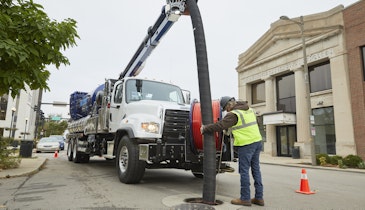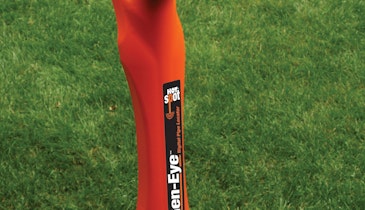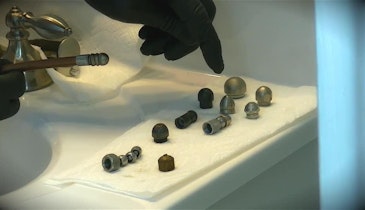Interested in Safety?
Get Safety articles, news and videos right in your inbox! Sign up now.
Safety + Get AlertsThe winter season continues to create an inordinate amount of storm activity across North America, forcing businesses to re-evaluate the priority and required functionality of their safety gear. Cold weather increases hazards related to rain, snow and ice, exposing workers to dangerous fall and slipping risks and making it important for employers to equip their workers with the correct gear.
Additionally, meteorologists are predicting that, at this rate, this year’s El Niño could outpace the El Niño cycle from 1997 to 1998, during which excessive rain and flooding caused roughly $800 million dollars in damage in coastal California. As such, it is more essential than ever for employers to ensure they have the cold-weather safety products they need to maintain worker welfare and productivity.
IBISWorld has identified several preventative measures buyers can take now to minimize the risk of job site injury and avoid having to pay higher prices for cold-weather safety equipment further down the line.
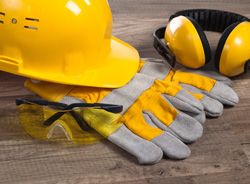 Get the right equipment
Get the right equipment
Sewer and drain cleaning contractors and other professionals must utilize a variety of insulated and high-visibility products, such as high-visibility uniforms, to protect themselves from the cold temperatures and reduced visibility that accompany winter weather.
Also, construction firms and contractors that purchase gear for their workers on an annual basis might benefit by opting for protective gloves, safety footwear and other products that offer better moisture and wetness protection. During 1997 and 1998, El Niño brought on an estimated 50 percent increase in average precipitation in the United States, and this year’s El Niño is poised to do the same. Buyers can mitigate the risk of having to acquire auxiliary waterproof products to keep employees dry on short notice by preparing for further rainfall now.
Preparing for wetter working conditions is vital because moisture can decrease the insulation properties of some key safety equipment materials, raising the risk of hypothermia and other cold-related hazards. Cotton and down feathers, for example, lose much of their protective capacity when exposed to excessive moisture. Buyers can avoid this problem by seeking products that perform well in wet environments such as wool and some synthetic blends.
In addition to protective gloves and safety footwear, businesses may want to consider procuring waterproof or water-resistant face and head protection such as balaclavas. Equipping employees with the proper gear not only reduces the risk of accidents due to cold stress but also allows workers to operate more efficiently and for longer periods in colder environments.
Employers can benefit from purchasing safety training services to educate their employees on the symptoms and treatment protocol for hypothermia, frostbite, cold stress and trench foot. Large-scale businesses in need of a number of these cold-weather products and services may benefit from bundling them into the same purchase order, which could lead to quantity-based value discounts. Additionally, businesses that foresee a need for cold-weather safety equipment this winter should consider purchasing sooner rather than later because prices are expected to rise.
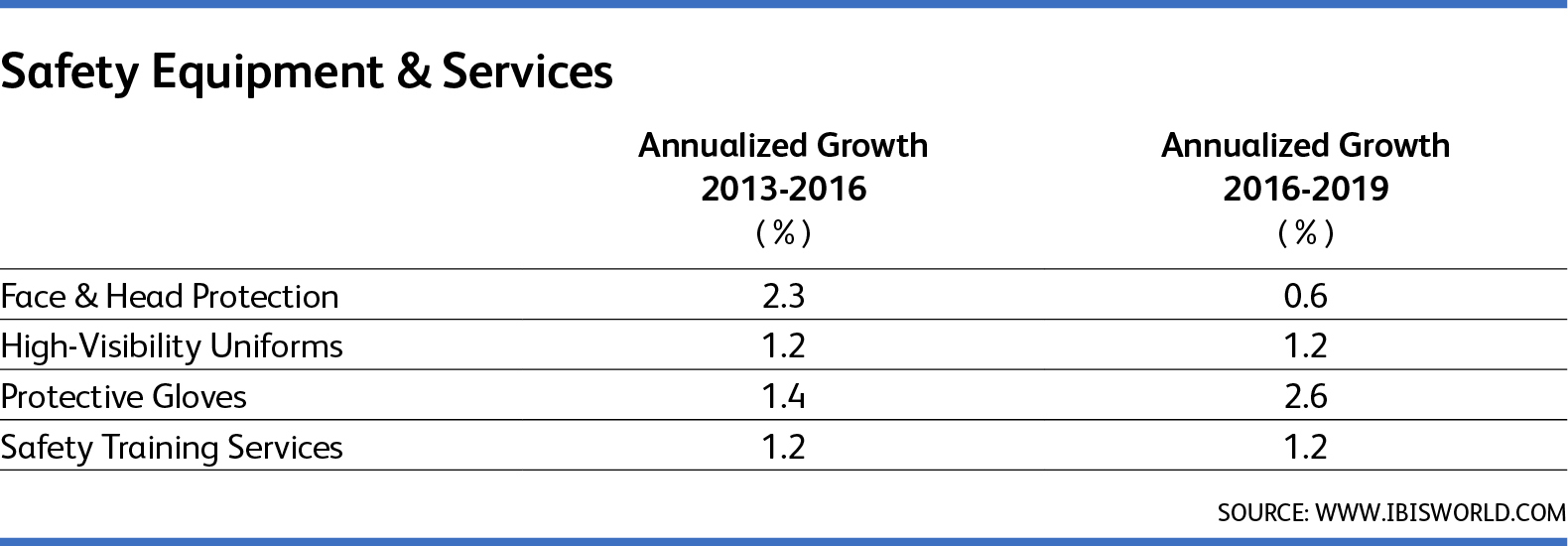
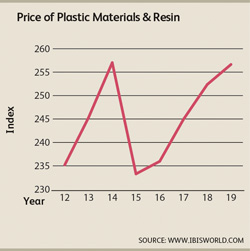 Prepare for rising prices
Prepare for rising prices
The prices of many key safety equipment products, including protective gloves, safety footwear and face and head protection, have been rising in the past three years. Fortunately, businesses that procure these goods have benefited from falling production costs. Deceleration in demand from emerging markets like China has fostered a decrease in the prices of key inputs in safety equipment manufacturing during the period.
IBISWorld estimates that plastic and cotton prices, for example, have decreased at estimated average annual rates of 1.3 percent and 7.6 percent, respectively, from 2013 to 2016. Falling production costs have benefited buyers by mitigating safety equipment price growth among top manufacturers.
Unfortunately for buyers, the price trends for these key inputs are forecast to reverse and rise substantially in the three years to 2019 alongside a revival in key demand markets like Europe and Asia. As safety equipment manufacturers are subjected to higher production costs, they will be pressured to pass the added expense on to buyers in the form of higher prices. To hedge against projected price growth, IBISWorld recommends that buyers seek long-term supply contracts with pre-negotiated price ceilings. By capitalizing on the lower prices of safety equipment now, businesses can limit the potential negative impacts of winter weather on their workers and operational costs.
Looking forward
The National Weather Service Climate Prediction Center forecasts that El Niño will continue through the remaining winter months of 2016, making weather conditions in some areas more severe, and then slowly dissipate through spring. Employers need to be prepared for the challenges that a more intense winter will continue to pose for workers in the construction, aviation, maintenance and manufacturing industries. Procuring the proper gear now can help businesses ensure the continued safety and productivity of employees and reduce the chance of incurring significant expenses in the future.
About IBISWorld
Recognized as the nation’s most trusted independent source of market research, IBISWorld offers a comprehensive database of unique information and analysis on hundreds of procurement categories. With an extensive online portfolio, valued for its depth and scope, the company equips clients with the insight necessary to make better business and purchasing decisions while saving time and money. Headquartered in Los Angeles, IBISWorld serves a range of business, professional service and government organizations through more than 10 locations worldwide. For more information, visit www.ibisworld.com/procurement or call 800/330-3772.

